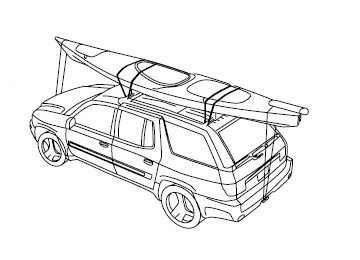
Material construction
A+
Hull:Aerospace-grade composite materials, vacuum bagging process, high temperature cured in the mold.
Internal hull:High strength carbon fiber
External hull:High strength carbon fiber
Sandwich:Imported kevlar honeycomb
A
Hull:Aerospace-grade composite materials, vacuum bagging process, high temperature cured in the mold.
Internal hull:High strength carbon fiber
External hull:High strength Kevlar
Sandwich:Imported kevlar honeycomb
B
Hull:Aerospace-grade composite materials, vacuum bagging process, high temperature cured in the mold.
Internal hull:High strength Kevlar
External hull:High strength Kevlar
Sandwich:Imported kevlar honeycomb
C
Hull:Aerospace-grade composite materials, vacuum bagging process, high temperature cured in the mold.
Internal hull:High strength Fiberglass
External hull:High strength Fiberglass
Sandwich:core mat
How to maintain a kayak and canoe
Maintenance: Pay attention to the following simple maintenance steps, your boat will bring you years of fun.
1. Please be careful when placing the boat on rough or hard surfaces.
2. Try to slide the boat on the beach as gentle as possible. Don't place it on an overly sharp surface to prevent foreign objects from hurting the hull.
3. Frequently check the hull and accessories (including seat cushion, knee pad, back pad, foot pedal, etc.),tighten the loose screws to make sure they are in good condition.
4. Pay special attention to the handle part(if there has) and check whether it is loose or damaged.
5. When exposed to hot sun or high temperature for a long time, please cover the boat to prevent deformation, aging of plastics and accessories, etc.
6. After use, please wash with clear water to remove sand and salt and extend the service life of the hull and accessories.
7. When using fiberglass boats, pay special attention not to leave sea water within the hull. The boat will absorb water and become heavy.
8. When maintaining the rubber hatch cover, please clean it regularly and apply a little silicone oil on the hatch ring to keep it easy to load and unload.
9. When the hatch cover is equipped with rubber sealing strip, please make sure to clean the sealing strip and the hatch ring to remove sand and salt, and regularly check whether there is any damage at the sealing parts.
How to transport kayak
When transporting boats, pay attention to avoid potential damage or deformation to the hull. A good roof rack allows you to transport kayaks safely and conveniently. Especially when your boat is made of fiberglass, you need to prepare extra foam pads. Please note that damage caused by kayak sliding off the roof or deformation caused during transportation is not covered by the warranty.

1. Remove the movable parts from the boat before transportation to avoid loss.
2. For your safety and to avoid scratching the kayak, make sure that the boat is placed on the roof by two people.
3. Use a quality-assured roof rack. Use your legs instead of your back when lifting the boat.
4. When placing the boat on the roof, keep it face up or on the side, use a pair of ribbons or ropes to fix the middle of the boat, but be careful not to tie it too tight to avoid squeezing the roof and the hull.
5. Both ends of the bow and stern of boat shall be fixed at the head and tail of the car with ropes. But be careful not to pull too much so as not to deform the hull.
6. Try not to tie the boat to the roof for too long or expose it to the hot sun to avoid deforming the hull.
7. If your boat is more than 1 meter behind the rear of the car, please put a red flag at the rear of the boat to remind the rear and pedestrians.
8. If you need to transport more than one kayak, please put it on its side, use a bracket in the middle, and add a foam pad at the bottom. Place the bottom of the ship against the bottom to avoid deformation.
9.When the happy day is over, don’t forget to drop the kayak into the garage ... it sounds strange, but some people really forget ...
Precautions for using Kayak and canoe
1.It’s difficult to find the boat in the distance, especially on the sea. Try to wear bright clothes and carry signal equipment.
2.Like vehicles driving rules, paddle should be on the right side.
3.If there are larger ships nearby, try to stay away from them.
4.Buoys: If there are buoys on the waters that indicate areas that are advancing or prohibited, follow the instructions.
5.You must wear a life jacket suit for your weight, which not only can help you float when falling, but also keep your temperature.
6.You must carry a whistle, not only for help, but also to warn when a large vessel approaches

